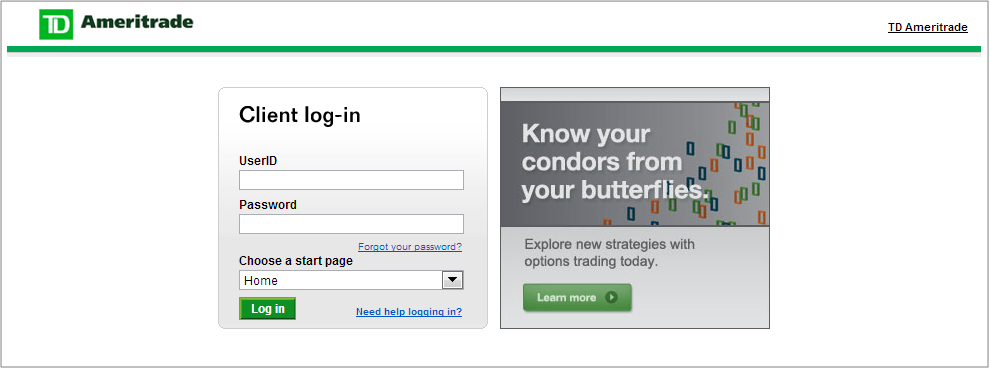3 Easy Debt Relief Options (Quick Guide for Getting out of Debt)
Debt looms over the heads of debtors on a constant basis.
Like many consumers, you may feel like you are trapped within a revolving circle of debt, no matter how much you try to escape it.
To make matters worse, in order to get out of this circle it might seem like you need to spend money that you don’t have to get someone to help with your debts (e.g., a debt counselor).
But does it really have to be that way? Do you really have to pay for debt relief, or could a “do it yourself” relief strategy actually work?
Do it yourself options not only work, they might actually be much better.
This is because they outline things to be wary of in day-to-day life that may cause you to go back into debt, after you’ve cleared your existing obligations
3 Easy Debt Relief Options that will Work for Most People
- Effective Ways to Create and Stick to a Budget
- Negotiate Down your Credit Card Interest Rate
- Request Financial Hardship Payment Arrangements
Create and Stick to a Realistic Budget
Doesn't sound like much of a debt relief option does it?
That's because this is something that we all know we should do, no matter if we are in overwhelming debt or not.
The only problem is that most of us simply do not use a budget. Without the proper budget, however, it can be easy to fall into debt and difficult to dig your way out.
That being said, here's a quick guide to creating your budget:
- Use a Spreadsheet or Online Budgeting Program
The first thing you need is an efficient method for creating and updating your budget. We are officially in the age of computers, but you would be amazed at the number of clients I encounter who still keep their budget on paper.
Unfortunately, the pen and paper system is just a fast track to failure. It's so easy to lose that piece of paper that holds all of your financial data. In addition, when it comes time to edit something, you have to deal with the cumbersome task of rewriting your entire budget. And of course there is always more room for human error when calculating financial figures with nothing more than a pencil and calculator.
These types of issues make it incredibly hard to stick to your goals.
Start by creating a spreadsheet with Microsoft Excel or Google Drive. You can also use an online budget program, many of which are free.
- List your Monthly Expenses
To get an idea of what you're working with, it's best to start by making a list of all necessary household expenses.
Your list should include things like rent/mortgage, utilities, loan payments, child care, recurring medical expenses, food, gas for your car, etc.
However, you should leave out the cost of the occasional night at the movies or dinner at a restaurant, as these expenses can be averaged out and added to miscellaneous.
- Figure out your “Extra” Resources Total
Now that you've mapped out the cost of your necessities, it's time to figure out what you have left.
Add up all of the necessary monthly expenses that you just listed out, (still not including miscellaneous), to determine your total monthly expense.
Next, subtract your total monthly expense from your total monthly income. This will give you the total amount of money you have left over once you’ve taken care of the necessities.
- Use your Extra Resources Wisely
Most people see money that they have left over as play money. Something to use for a night out or for miscellaneous expenses.
If you've got quite a bit of excess, it's okay to use a small portion of this money on fun.
However, if you don't have a lot to work with, you should really focus that money on effectively paying your debts down.
The best way to do this is to use your extra funds to pay down your highest interest debt.
Negotiate Down your Credit Card Interest Rate
Most people say that credit cards are what got them into debt. Thinking they could pay off their balance in a timely manner, they unknowingly spent too much ended up with very large credit card balances.
High interest rates on credit cards can make it very difficult to pay off your credit card debt. If you only pay the minimum balance due each month, the majority of each payment amount will go towards the interest instead of paying down the balance.
If you can work with the credit card company to get that interest rate down a bit, then you will be in a better position to get yourself back to financial stability.
As you go through the steps of negotiation, however, you may realize that this process simply won't work for you.
The truth is that lenders want to retain the business that is going to be worthwhile for them. So if you’ve made your payments on time and have rarely missed a payment, then your lender will be willing to work with you during this stressful financial period that you are going through. On the other hand, if you've missed quite a few payments, getting your lender to work with you will be a very difficult task.
Request Financial Hardship Payment Arrangements
This could be a great option for those of you who are really struggling to make it right now.
Rather than watch you go bankrupt, many lenders are willing to give up the profits they would make on your debts to help you pay them off faster.
This is because, if you go bankrupt, they will not only lose the profits from your repayment with interest, but also the money they originally lent to you.
The financial hardship option is offered by most reputable lenders including Bank of America, Chase, and others. These programs often reduce interest rates down to 0% (or close to it), and they let you set up a structured payment schedule that makes paying down the balance inevitable.
Here's how to get that set up!
- Get Prepared
The first thing you should do is start a simple spreadsheet with your necessary expenses. You can do this for free using Google Drive, Microsoft Excel or any online budget program.
If you follow all of the above steps to create a standard budget, that’s even better.
Make sure to include everything from rent to food, and everything in between.
- Call your Lenders
Now it's time to give your lenders a call.
Find your credit card bill or flip your card over and call the customer service phone number provided.
When you call, chances are you're going to be greeted by an automated system. Choose whatever option it may be to speak to a live representative.
Once you reach someone, start by saying something along the lines of, “I'd like to know if I can set up some sort of hardship payment arrangements. I've been going through some very rough times. I know I need to pay my debts, I just can't afford to do so at the current terms.”
I know on a very intimate level how hard it can be to make an admission like this. Just remember that following through could save you from further financial hardship, up to and including bankruptcy.
- Follow the Conversation and Be Completely Honest
I know it may be hard to believe, but lenders really want to see you succeed. And most of them really appreciate your willingness to be honest with them and yourself, while searching for a viable option.
Now, all you need to do is answer all of their questions and see what kind of relief you qualify for. If your debt is something that honestly cannot be cured with good budgeting, chances are you will qualify for a great amount of relief!
Final Thoughts
While there is no such thing as a one size fits all debt relief option, one or more of these three options could provide you with the perfect solution. As a matter of fact, in my professional experience, 80% of my debt relief clients would have had no need for me if they had used these options.
Other options to consider include debt consolidation or settlement. Although these solutions tend to have an incredibly adverse effect on credit scores, they do provide tons of relief and help tens of thousands of consumers a year avoid bankruptcy!




